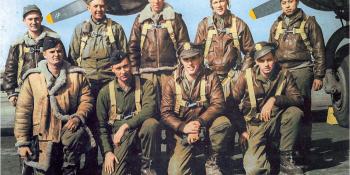Three case studies related to conflict archaeology projects are examined by Mark Khan showing how interpretation of ammunition-related finds have been used to piece together stories of what took place where the finds were excavated. The results show the importance of understanding these objects and interpreting them accurately.
Making Facts Fit the Story?
Battlefield and conflict related sites have recently seen a number of archaeological excavations revealing fascinating stories. Surprising as it may seem for events that have sometimes occurred within living memory, excavations at First and Second World War sites have uncovered a wealth of previously unknown detail. It is not unusual for official records of events, or first-hand accounts relating to often confused situations, to sometimes be incorrect or vague. Thus, archaeological work has huge value in understanding and interpreting places where conflict activity has taken place. Such work can also aid better understanding of those who fought at these places or were otherwise involved. Additionally, an important aspect of these projects is the role of commemoration of those who died, were wounded or who took part and it is no…




